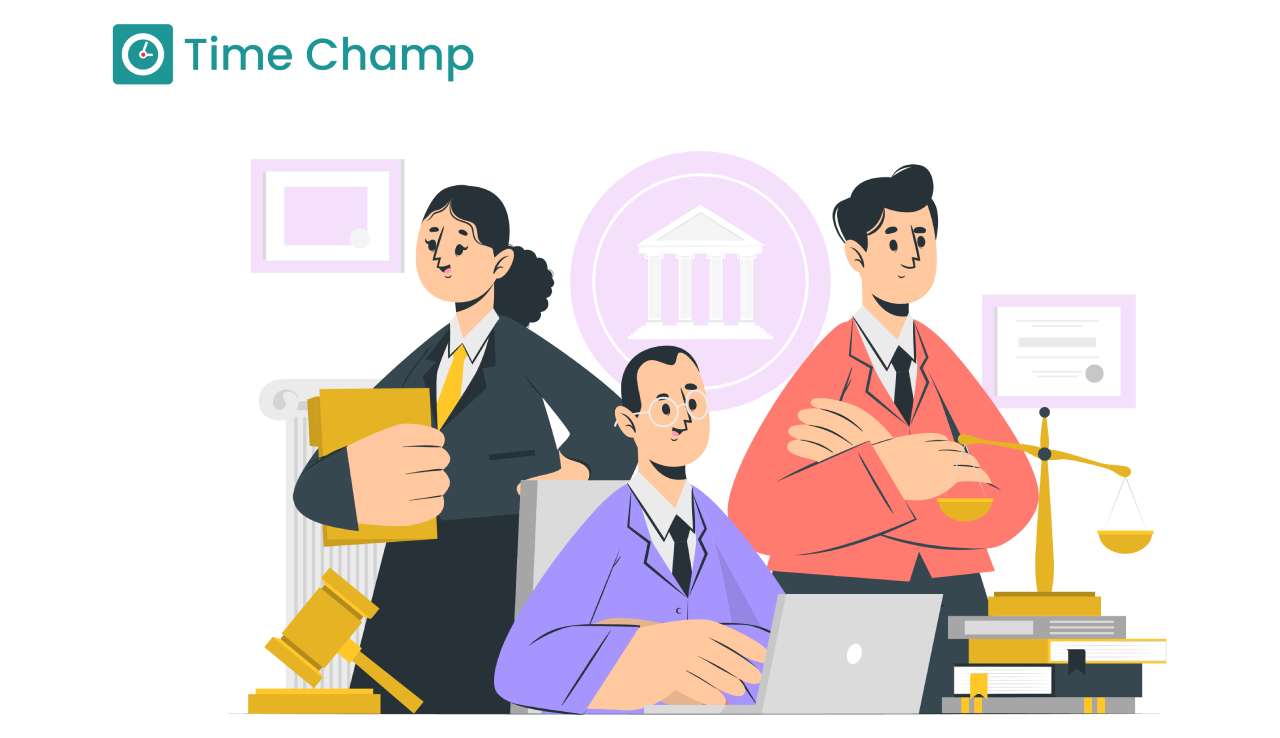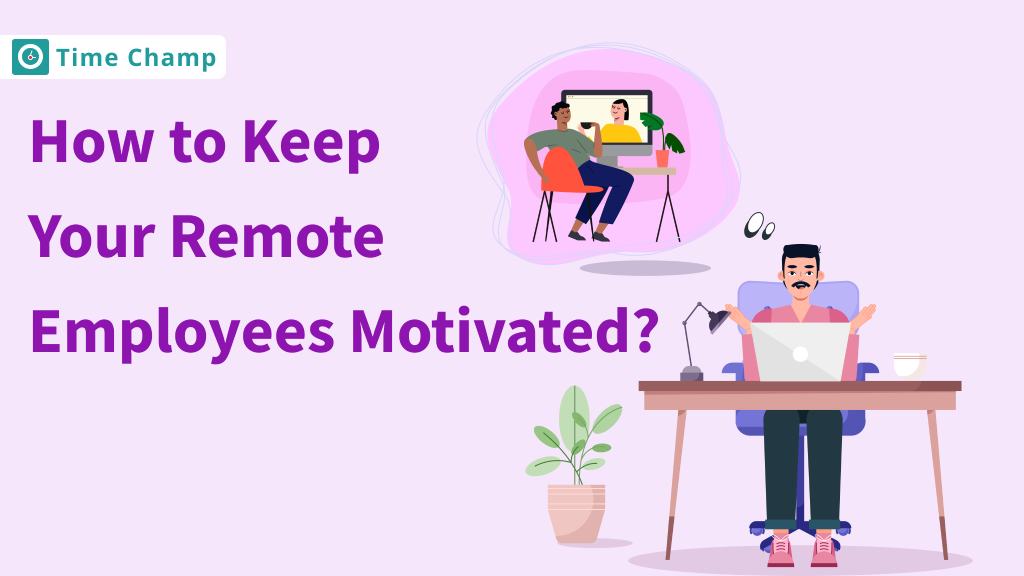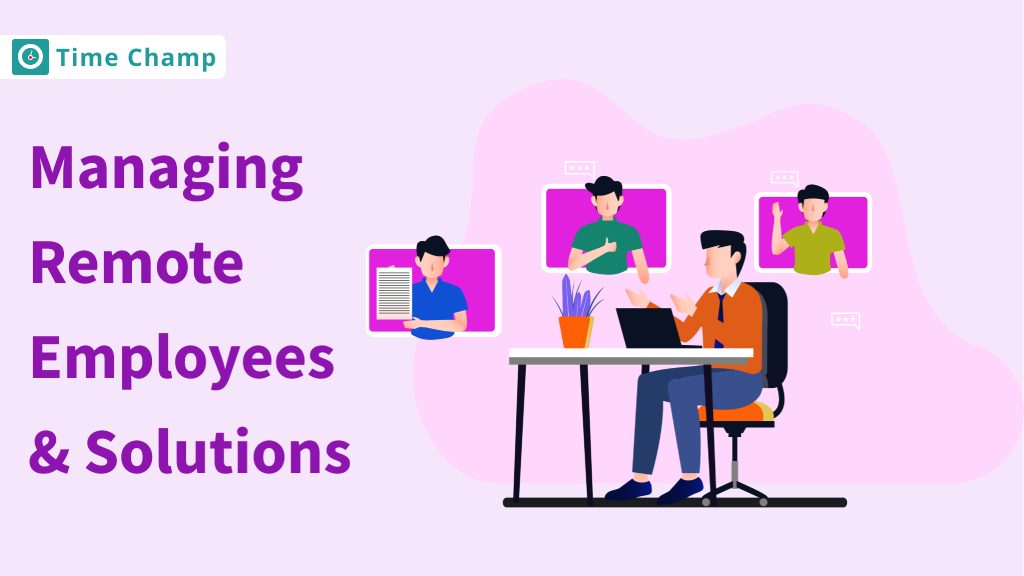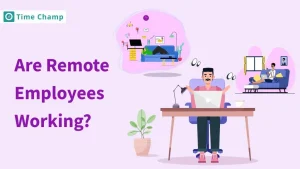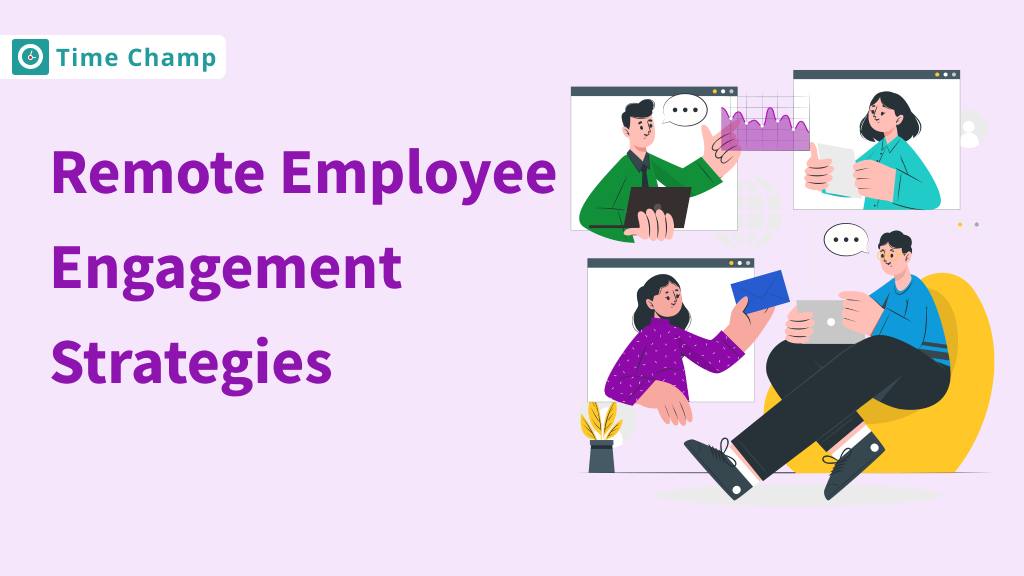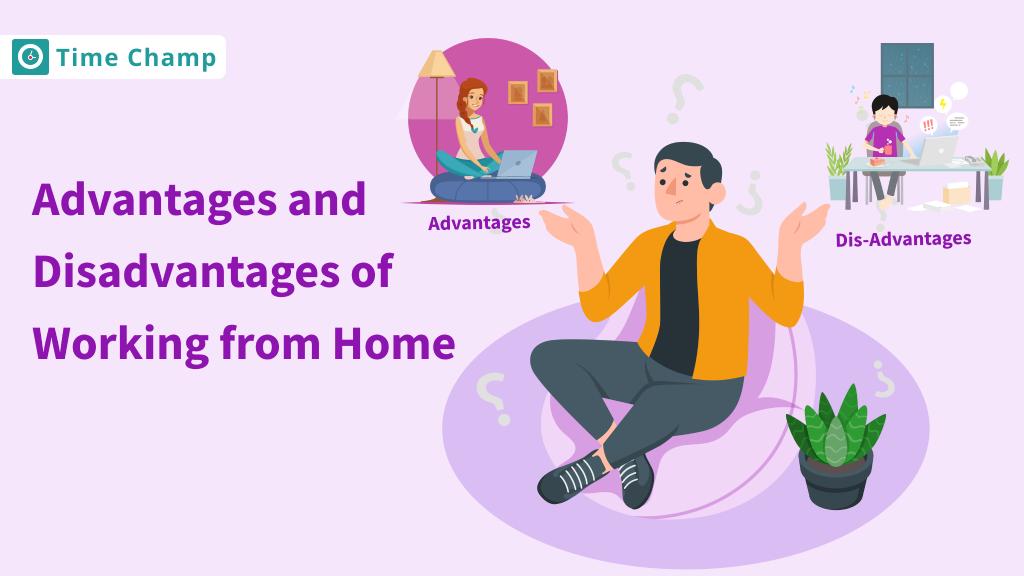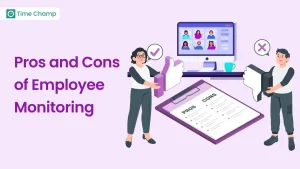The first thing that strikes someone’s mind when listening to the implementation of employee monitoring software is “Is this legal? What about employee privacy? Well to answer that you need to know the laws first. All employee monitoring software needs to follow employee monitoring laws to track your computers. If some tools don’t comply with the laws, the companies using them can face serious consequences, including fines and other punishments from the government.
What are Employee Monitoring Laws?
Employee monitoring laws are policies that help regulate the monitoring processes without crossing certain legal limits.
These laws aim to balance two crucial aspects: the company’s requirement to maintain efficiency and protect its assets, and the employees’ right to privacy.
Did You Know?
Employee monitoring laws were passed in the 1980s, due to the fast advancement of technologies in the workplace to address the conflict between privacy security and organizational efficiency.
Why do Businesses Need to Monitor Their Employees?
Coming to why your business needs to monitor your employees well there are more than a few reasons to do so.
First of all, monitoring helps in enhancing employee productivity. In this way, you can observe what kind of work attitudes and behaviors exist in the workforce and whether there are problems with employees or whether there is a need for improvement. This can result in improved organizational productivity and efficiency of the workflow.
Secondly, monitoring is important for security. In the modern world, it is crucial to safeguard any information that is considered to be confidential by the company. Security software can be used to identify suspicious activities, or signs of a breach and protect your business from cyber criminals and data loss.
Another important factor is compliance. Most industries have legal standards that must be followed, and through employee monitoring, your business will be in a position to meet these standards. It offers a record of activities makes audits easier and also helps in avoiding legal complications.
Monitoring also fosters accountability. If the employees are aware that their activities are being monitored, then they are likely to be more productive and adhere to the set deadlines. This can lead to a more disciplined and responsible workforce.
Lastly, monitoring can enhance the levels of accountability and credibility within the organization. If done so and communicated effectively, it gives the employees the confidence that the company is serious in its endeavor to make sure that everyone is given a fair deal and productivity is promoted.
It is possible to state that the proper approach to employee monitoring can result in increased productivity, security, compliance, accountability, and transparency. These are some of the benefits that make the practice of strategic management a worthy practice for any business that aspires to grow and be successful.
Types of Employee Monitoring
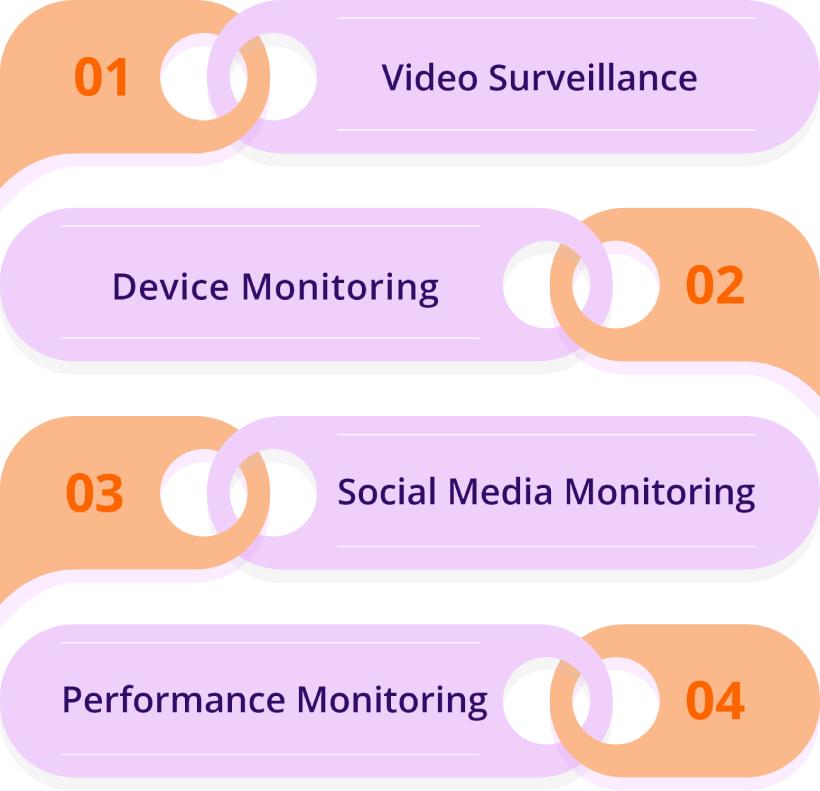
Employee monitoring can be of various types and all of them are meant to be of some use to the organizations to ensure that the employees work hard, do not indulge in any unlawful activities and remain safe. Let’s look at some of the most typical examples of how employees can be monitored.
Video Surveillance
Video surveillance is the use of cameras to monitor the employees at the workplace. This type of monitoring is usually applied for security reasons, to protect from theft, guarantee safety and order. Besides improving physical security, video footage may also be useful in monitoring employee’s behavior and their adherence to organizational rules and regulations.
Electronic/Device Monitoring
Device or computer monitoring focuses on the usage of company-owned gadgets like computers, mobile phones, and tablets. This type of monitoring can include typing, internet browsing, and email monitoring. The purpose is to make sure that the employees are not wasting their time on social networks and other unrelated activities. It also assists in the detection of security risks, for instance, unauthorized access to information.
Social Media Monitoring
Social media monitoring involves the monitoring of the employee’s use of social media while at work. This can assist the companies in realizing, how social media affects productivity and the possible dangers of sharing sensitive information or even behaving in a manner that is damaging to the company. Employers can also be able to check whether employees are following the set organizational policies on the use of social media.
Performance Monitoring
Performance monitoring consists of the observation of different aspects of an employee’s work performance such as the accomplishment of tasks, efficiency, and compliance with timelines. This type of monitoring can include the use of software that tracks productivity, time spent on projects, and other performance metrics. Performance measurement helps employers to know who is performing well, who may need some assistance in performing his/her duties, and who may deserve a promotion or a bonus.
Each type of employee monitoring has its benefits and considerations, and businesses need to implement these practices transparently to avoid any negative impact on the employees’ morale.
Is it Legal to Monitor Employees at Workplace
The legality of monitoring employees in the workplace is a topic that balances the interests of employers and the rights of employees. The short answer is yes, it is legal to monitor employees, but there are certain rules and regulations that the employer must adhere to avoid violation of the employees’ rights and breaking down the employees’ trust.
Employee Monitoring Laws
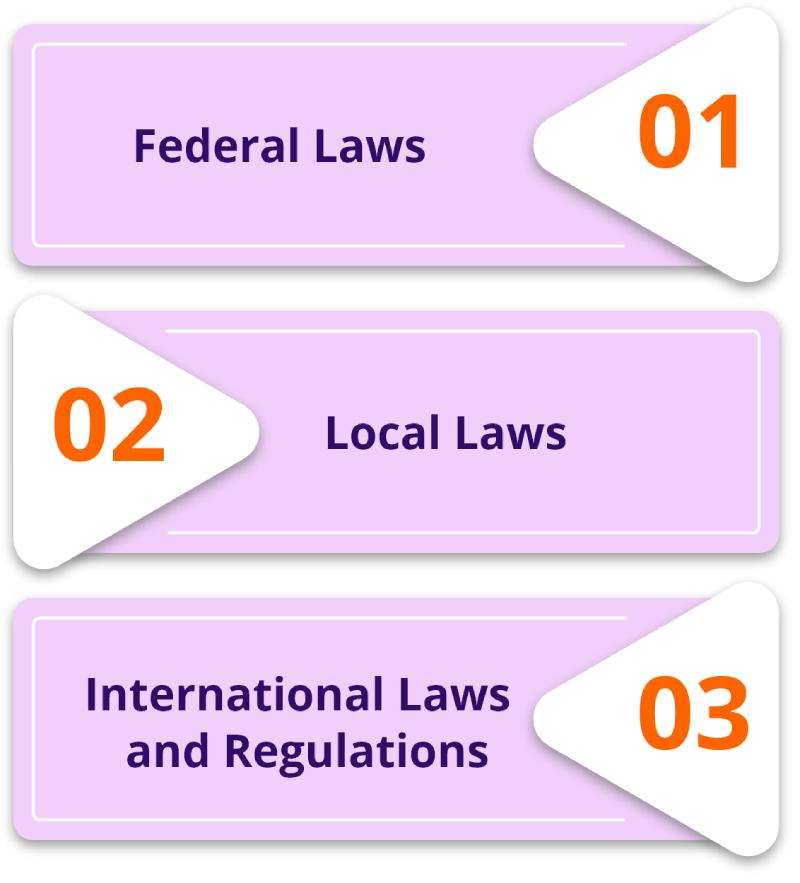
Employee monitoring laws include all the legal provisions that regulate how employers can oversee the conduct of their employees at work. These laws are important in ensuring that employers do not infringe on the rights of their employees by violating their privacy or discriminating against them.
Federal Laws
Electronic Communications Privacy Act (ECPA) or Wiretap Act (1986)
ECPA is a U.S. law that protects the privacy of phone calls and electronic messages by controlling how they can be listened to or recorded.
- Overview: Governs the interception and disclosure of electronic communications.
- Relevance: Employees should be told by their employers if they are being monitored in their electronic communication.
- Key Provisions: It prohibits interception of communication, such as e-mail and others without the permission of the involved parties but allows interception with permission.
Stored Communications Act (SCA) (1986)
The Stored Communications Act (SCA) provides privacy to the stored communication on computers and servers.
- Overview: Title II of the ECPA, deals with the voluntary and compelled disclosure of stored wire and electronic communications and transactional records.
- Relevance: Controls the availability of stored employee communications on the company’s servers.
- Key Provisions: Allows access only with consent and restricts the disclosure of stored communications.
Fair Labour Standards Act (FLSA) (1938)
Fair Labor Standards Act covers the wages, hours worked, records and child labor provisions.
- Overview: Sets the minimum wage, working hours, records, and the employment of young persons.
- Relevance: Employee monitoring software should be used in a manner that complies with the wage and hour laws by making sure that the software records the correct working hours.
- Key Provisions: Records of the working hours including overtime to avoid any form of underpayment to the employees.
Health Insurance Portability and Accountability Act (HIPAA) (1996)
The Health Insurance Portability and Accountability Act (HIPAA) safeguards patient privacy and maintains continuous health insurance coverage.
- Overview: Preserves the confidentiality of patient’s health information.
- Relevance: Software used in monitoring healthcare facilities must be able to observe health-related information privacy.
- Key Provisions: Privacy and Security Standards to ensure that any information that is collected that can identify the individual is protected.
National Labour Relations Act (NLRA) (1935)
The National Labor Relations Act (NLRA) gives workers the right to form unions, negotiate with employers, and take collective action.
- Overview: Guards employees’ freedom to form and bargain through a collective body.
- Relevance: Software for monitoring should not violate the employees’ freedom of speech regarding work conditions or union activities.
- Key Provisions: Makes sure that employees are permitted to collectively act without being penalized.
Title VII of the Civil Rights Act (1964)
Title VII of the Civil Rights Act prohibits employment discrimination based on race, color, religion, sex, or national origin.
- Overview: Outlaws discrimination in employment on grounds of race, color, religion, sex, or national origin.
- Relevance: The use of monitoring software should be reasonable and should not be used discriminatively.
- Key Provisions: Promotes fair treatment and bans discrimination in the application of monitoring tools.
Local Laws
1. State Privacy Laws
Overview: Different states have passed legal guidelines that regulate privacy and affect the monitoring of employees.
Relevance: Certain rules and regulations are mandatory for employers to follow depending on the state they are located in when it comes to the privacy of the employees.
Examples:
- California Consumer Privacy Act (CCPA) (2018): Protects the rights of privacy and consumers of California residents.
- California Privacy Rights Act (CPRA) (2020): Amends the CCPA and provides further privacy rights.
- New York Labour Law Section 203-d: Outlaws employers from demanding the details of the social media accounts of the employees.
2. State Labour Laws
Overview: There may be other labor laws in the states that relate to monitoring and employment.
Relevance: The monitoring practices should also respect the state laws on labor.
Examples:
- Connecticut General Statutes Section 31-48d: Makes it mandatory for employers to disclose to employees whether they are being monitored electronically.
- Delaware Code Title 19 Section 705: Requires employers to notify employees before engaging in electronic monitoring.
International Laws and Regulations
1. General Data Protection Regulation (GDPR) (2018)
Overview: A regulation under the law of the European Union that protects the rights of people in the EU and EEA concerning their data and privacy.
Relevance: GDPR applies when monitoring employees and organizations that are in the EU or are interacting with the residents of the EU must adhere to it.
Key Provisions: It mandates legal, adequate, and transparent data processing, minimal data, and robust data protection.
2. European Convention on Human Rights (ECHR)
Overview: An agreement was signed in Europe to safeguard the rights of individuals and political liberties.
Relevance: Measures of monitoring employees should not violate the right to privacy as stated in Article 8.
Key Provisions: Protects the inviolability of the private and family life, home, and correspondence.
3. Canadian Privacy Laws
Overview: Canada has its federal and provincial laws on privacy and data protection.
Relevance: The monitoring practices should also meet the legal requirements of the Canadian laws on privacy.
Examples:
- Personal Information Protection and Electronic Documents Act (PIPEDA): Controls the acquisition, management, and use of personal information by private businesses for profit making.
- Provincial Privacy Acts: For instance, the Alberta PIPA and the British Columbia PIPA offer further protection of personal information.
Best Practices for Compliance
- Transparency: Clearly communicate monitoring policies to employees and obtain their consent where required.
- Data Minimization: Acquire only the information that is relevant to the company’s business needs.
- Security: Implement strong data protection measures to safeguard collected information.
- Regular Audits: It is recommended to perform periodic assessments to check the conformity of the company’s activities with the existing laws.
- Training: Acquaint employees and management on the privacy and data protection laws.
Best Practices to Implement Employee Monitoring Laws
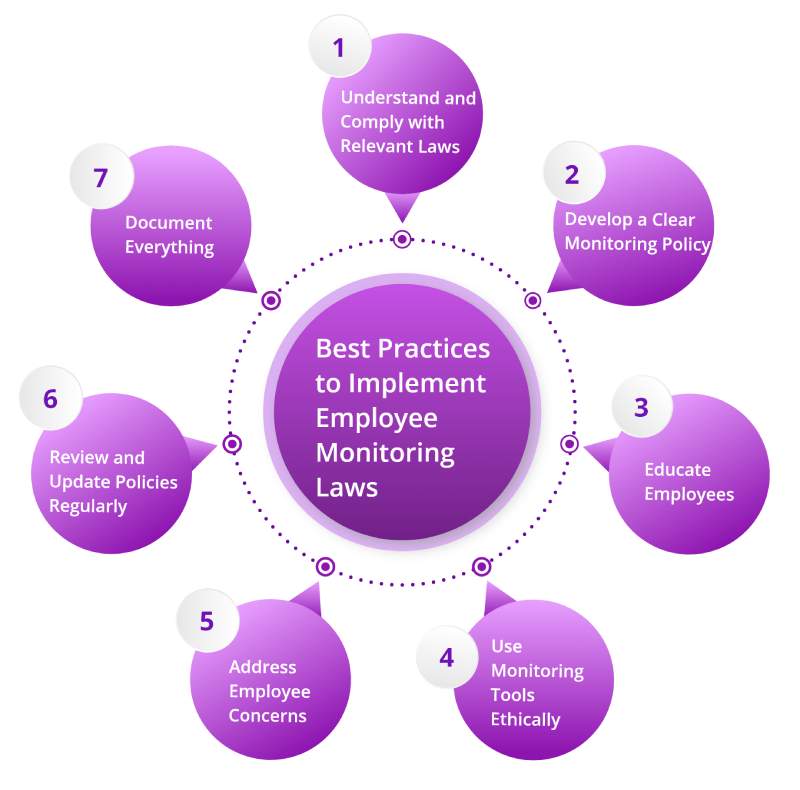
Understand and Comply with Relevant Laws
- Research Laws: You must know the federal, state, and international laws on the monitoring of employees.
- Stay Updated: It is advisable to periodically review these laws to see whether they are still applicable or have been amended in any way.
Develop a Clear Monitoring Policy
- Transparency: Explain why and how monitoring will be done.
- Consent: Get written consent from employees.
- Scope: Define what activities will be monitored.
Educate Employees
- Inform: Provide the policy during the orientation process and during training sessions.
- Rights: Educate them on their part in monitoring.
Use Monitoring Tools Ethically
- Minimize Intrusion: Only monitor work-related activities.
- Data Security: Make sure that the information is encrypted in the right manner and stored in the right manner as well.
- Regular Audits: Monitor the practices for compliance and privacy as a routine.
- Address Employee Concerns: Ensure that the collected data is safe and that only a few people should be allowed to access the data.
- Open Communication: Promote the freedom of speech and allow employees to express their opinions and ask questions.
- Feedback Mechanism: Provide a way for employees to report issues or misuse of monitoring.
Review and Update Policies Regularly
- Stay Updated: Always keep up with changes in laws and regulations.
- Policy Revisions: Inform your employees of any changes and get their consent if needed.
Document Everything
- Record Keeping: Maintain records of the monitoring activities, consents, policy changes and training sessions.
Conclusion
In conclusion, companies need to know the legalities of employee monitoring. In this way, you can guarantee that your company meets the legal requirements, and, at the same time, you can gain the trust of your employees. This assists in fostering an environment where privacy is valued, people can freely share information, and productivity is enhanced.
